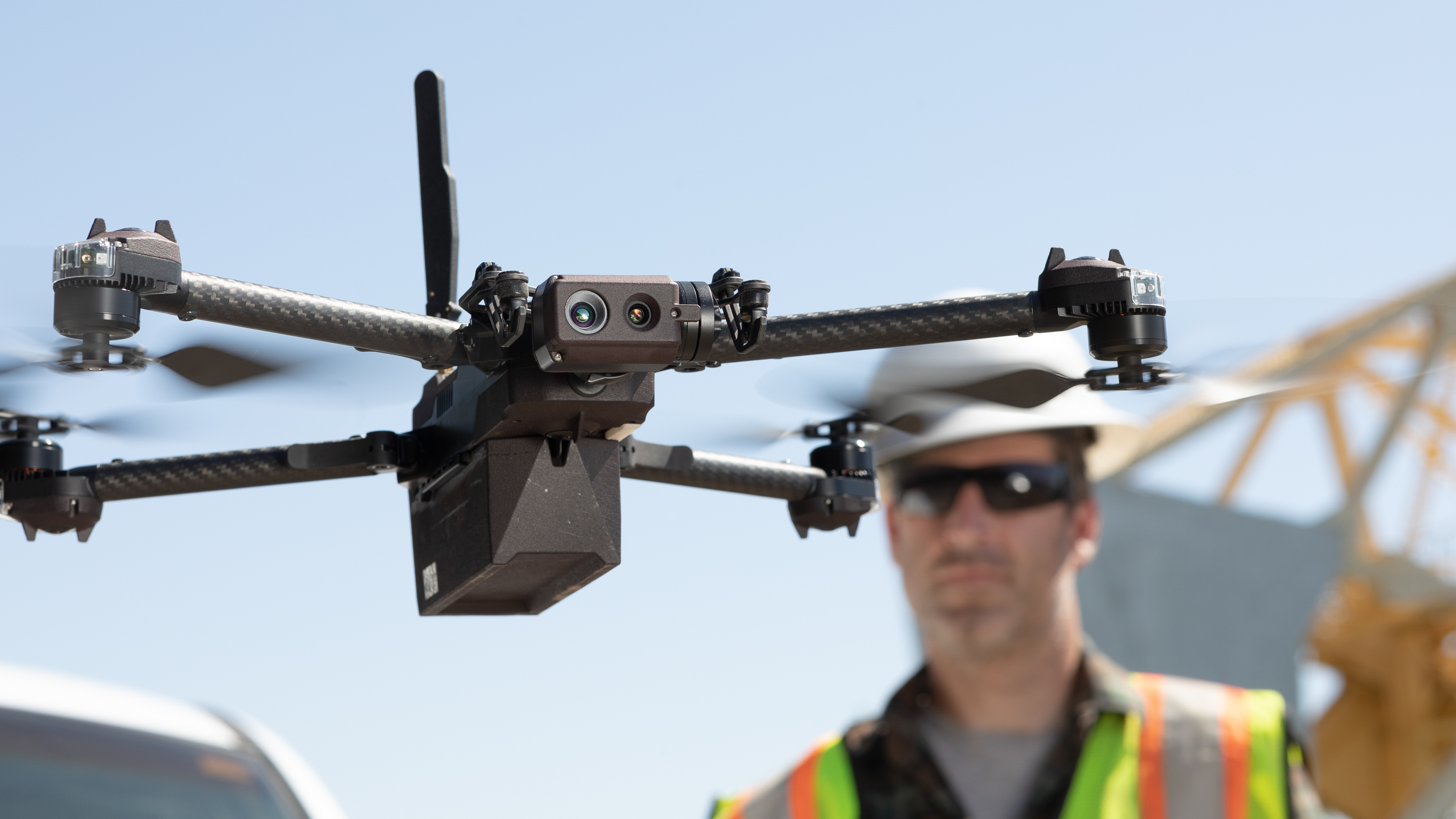Best cameras for vlogging: from mirrorless to pocket sized gimbal cameras
The best cameras for vlogging make content creation easy with front facing screens, 4K video and image stabilization
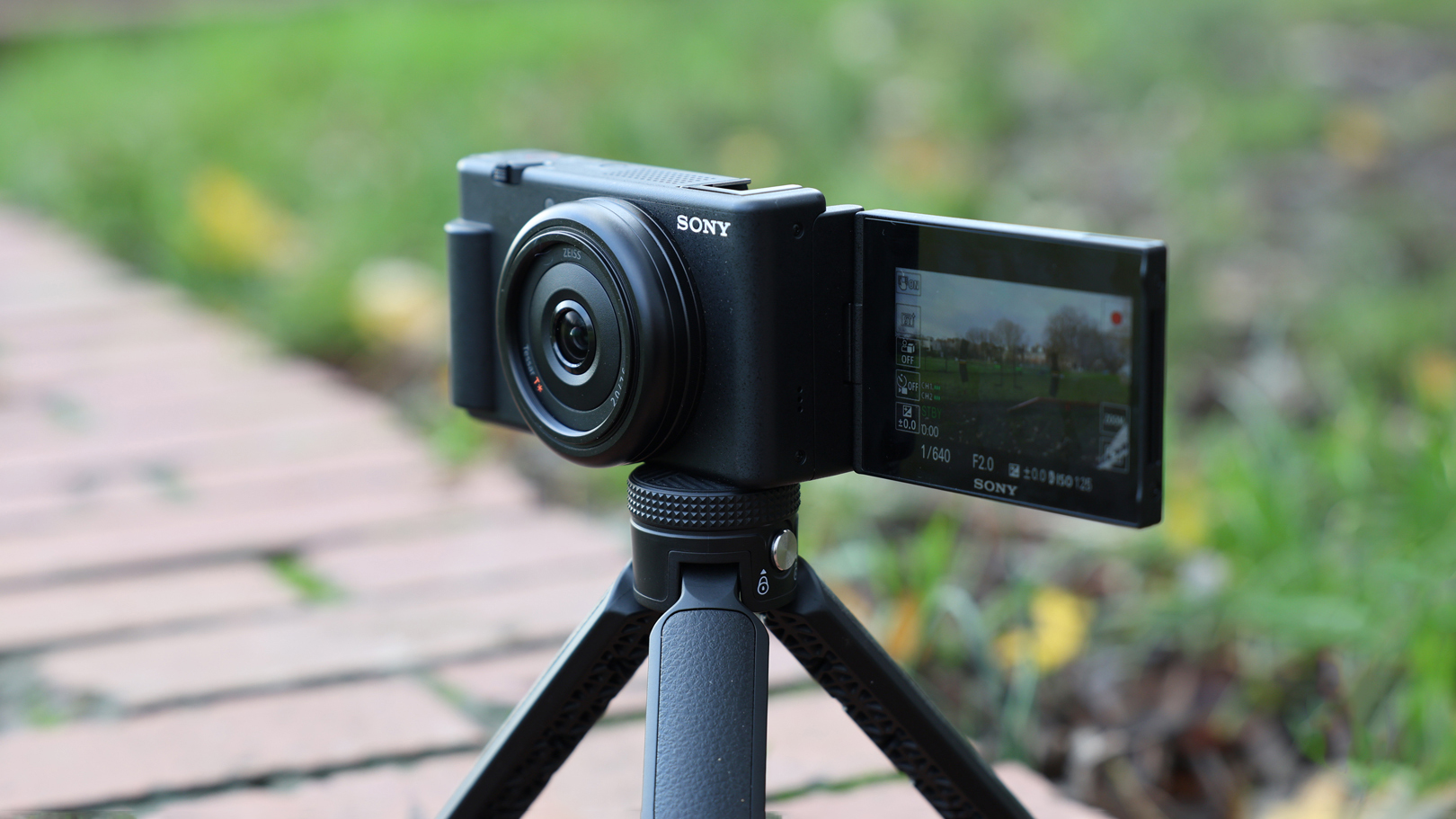
Finding the best vlogging camera can be a little complex. You need it to be able to shoot great video, of course, in at least 4K, but you also likely want portability, ease of use and good connectivity features for transferring and uploading your footage. Finally, given that most vloggers are not multi-millionaires a good vlogging camera should ideally not be too expensive
This might sound like a tall order, but I reckon I've cracked it with this list. With a selection of mirrorless cameras, fixed-lens compact and more, these are for my money the best vlogging cameras you can buy, for a range of budgets. All have been tested by the DCW review team – many by me personally – so you can be sure I'm only recommending you cameras we can vouch for.
Which of these cameras is right for you is going to depend on your specific needs and, of course, your budget. So, read on for our picks of the best cameras for vlogging, and make sure to pick up some of the essential accessories, like the best microphones and best smartphone gimbals.

Gareth is the Reviews Editor at Digital Camera World, and the person in charge of approving all the latest camera-related tech. With several years of experience as a photographer and videographer, shooting for some household names, he has learned a thing or two about cameras and the photography industry. Outside of photography, expect to find him cycling around London, or deep in a Netflix binge.
The Quick List
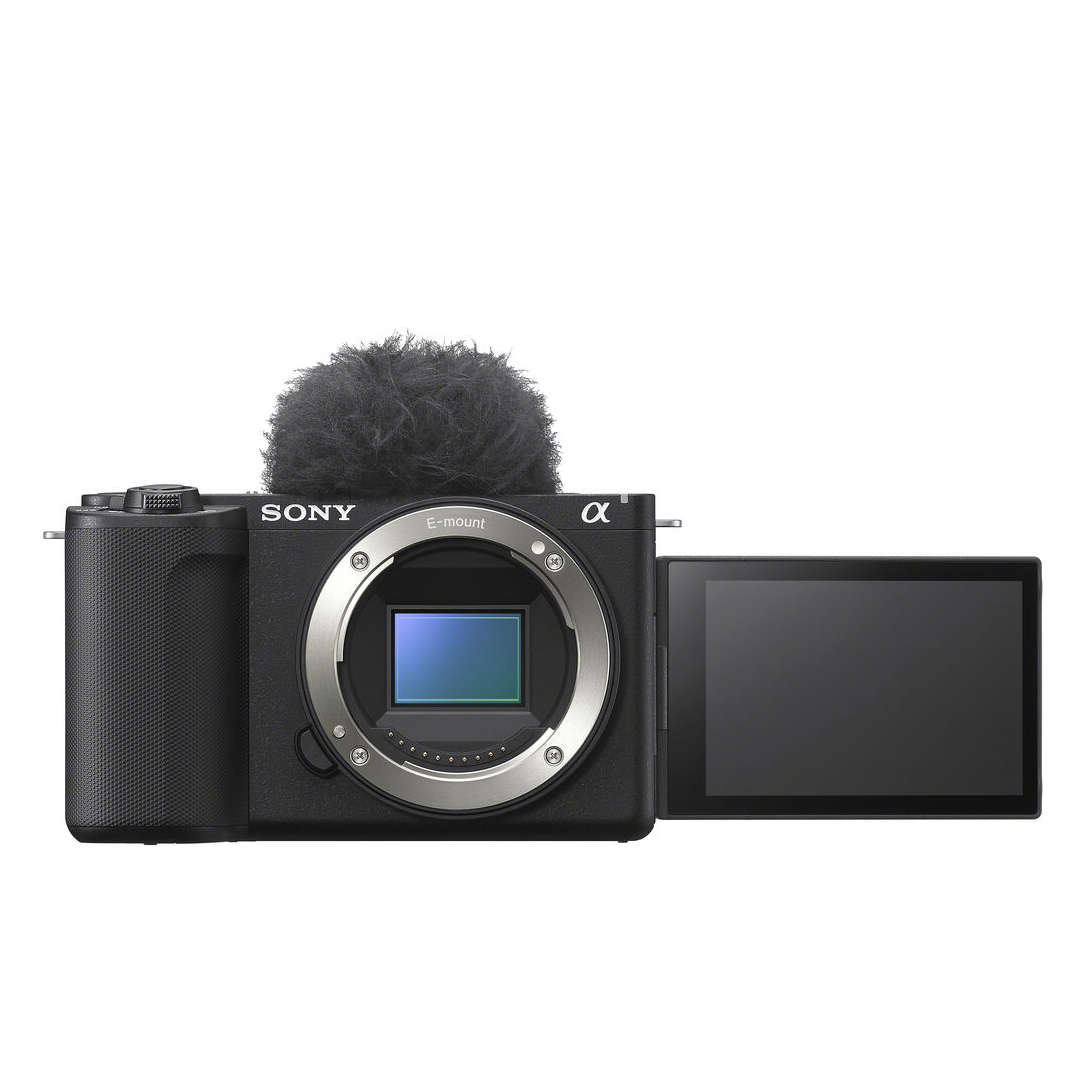
Sony fixed all the issues with its first ZV-E10 for this excellent sequel which offers a fantastic vlogging experience for a fair and affordable price.
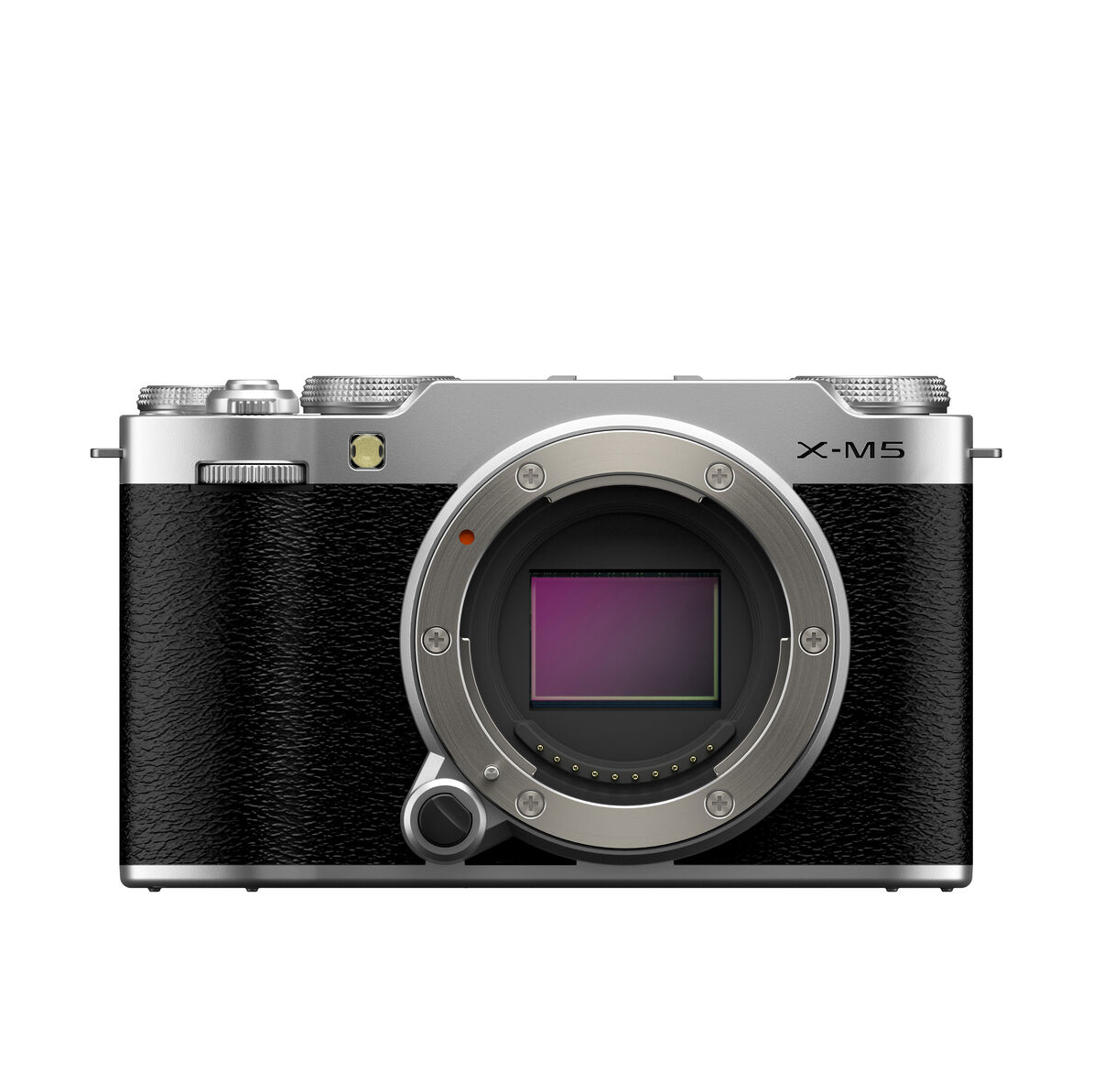
With 6K video and open-gate recording, the Fujifilm X-M5 is a pocket-sized powerhouse when it comes to vlogging. Travel shooters in particular should strongly consider this excellent camera.

Packing the sensor from the pro-level Sony A7S III into a lightweight, vlogger-friendly body, the Sony ZV-E1 boasts remarkable subject recognition and tracking AF.
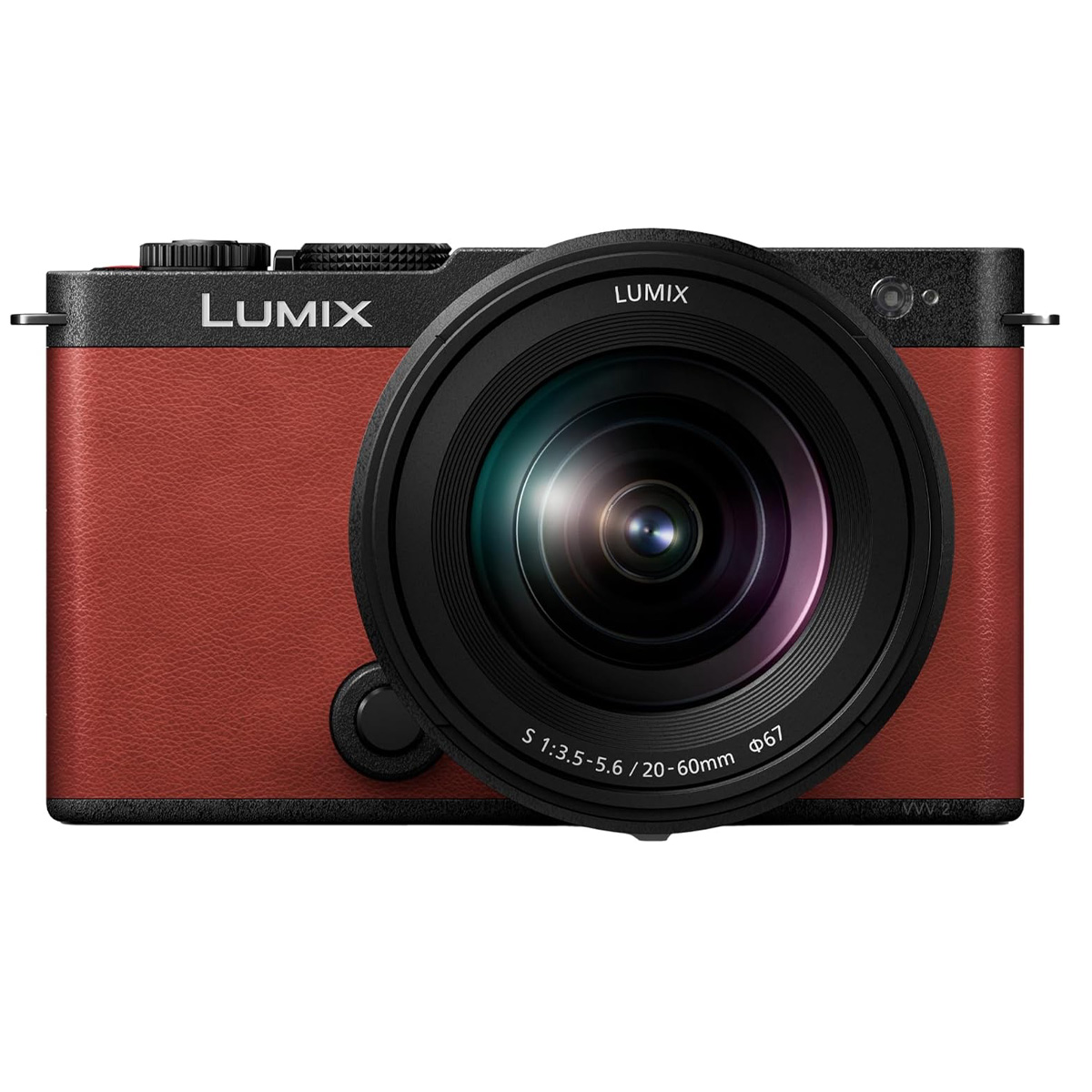
A nippy full-frame camera that's designed for the fast-paced world of social media, the Lumix S9 features built-in LUTs that make it easy to give your footage a specific look in-camera.
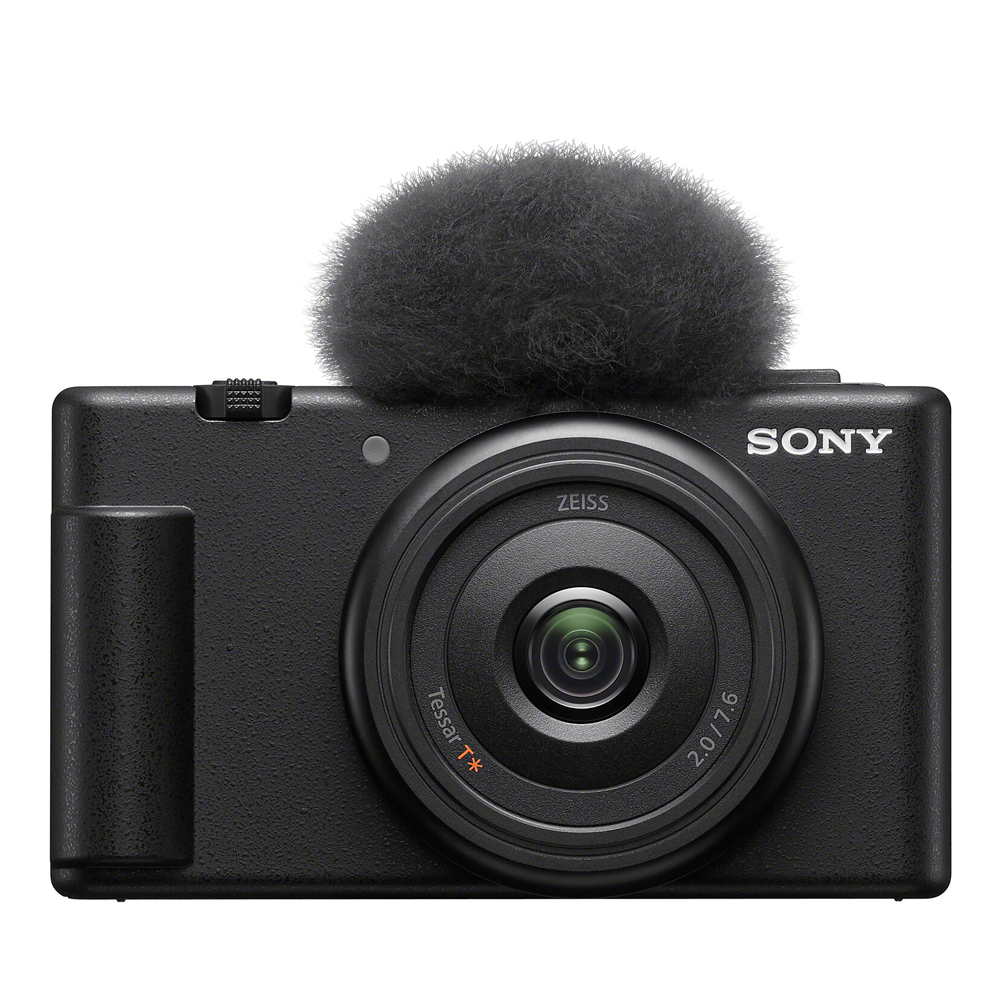
An all-in-one compact camera specifically tailored to vlogging, the Sony ZV-1F is the kind of camera you can sling into a bag and take everywhere with you – and it's affordable too.
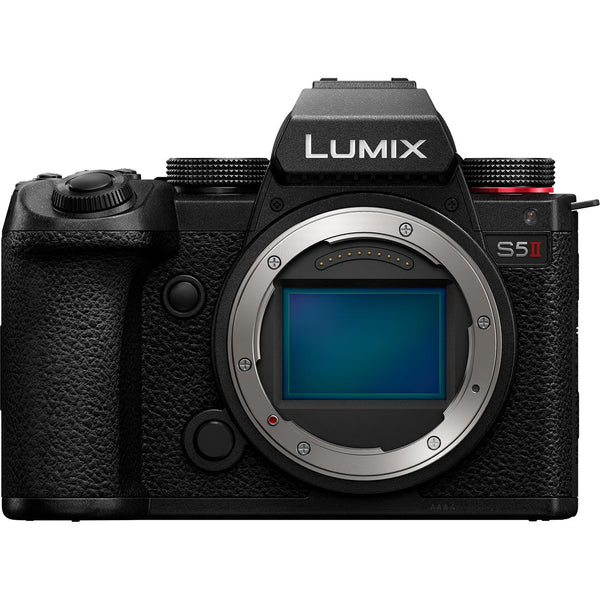
For those who are looking to create professional-looking cinematic vlogs, the Panasonic Lumix S5 II is our pick, boasting an impressive suite of video options.
See the next products...
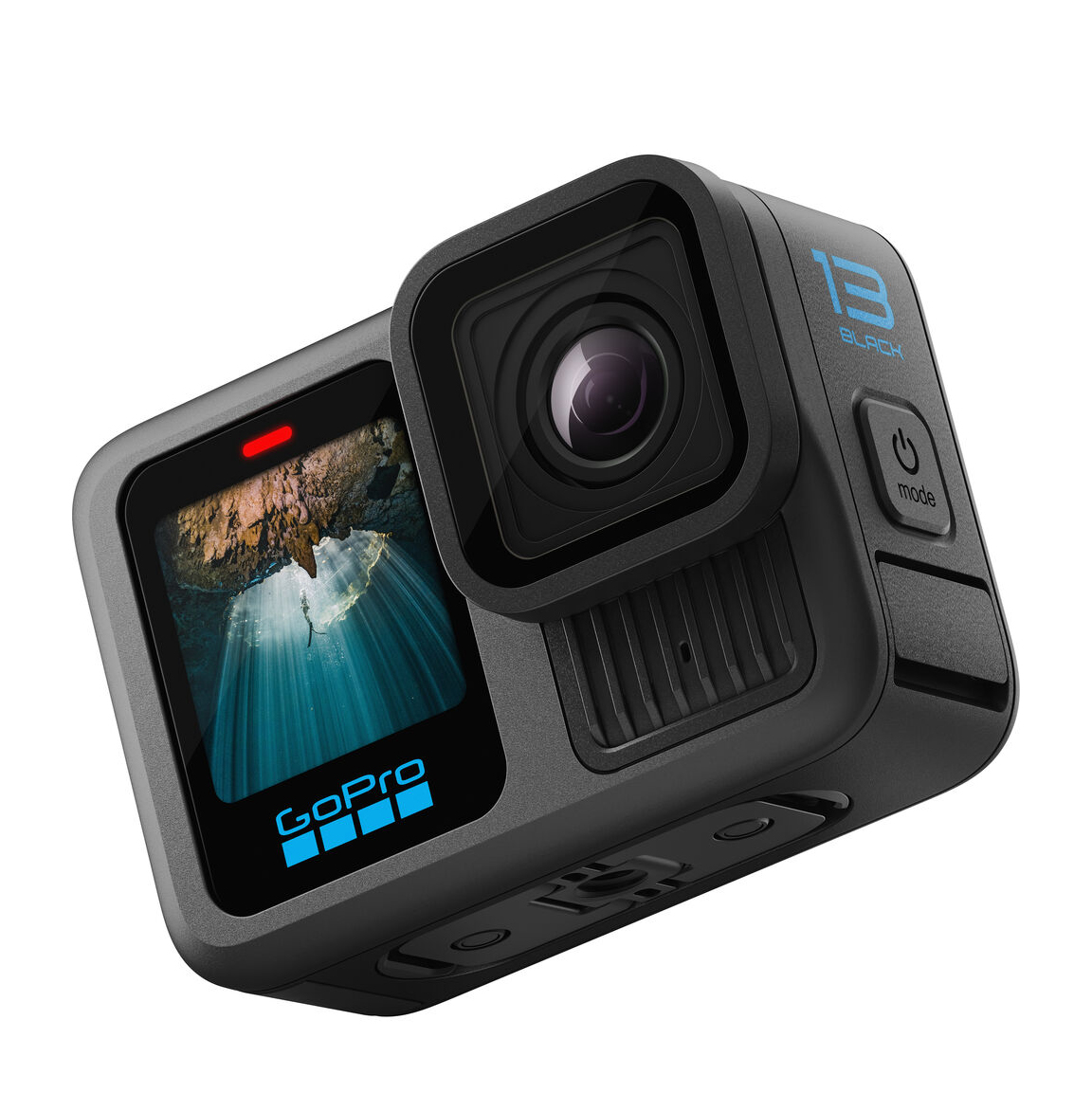
Waterproof and everything-else-proof, the GoPro Hero 13 Black is the best action camera to buy, and is ideal for producing POV vlogs of extreme sports and similar activities.
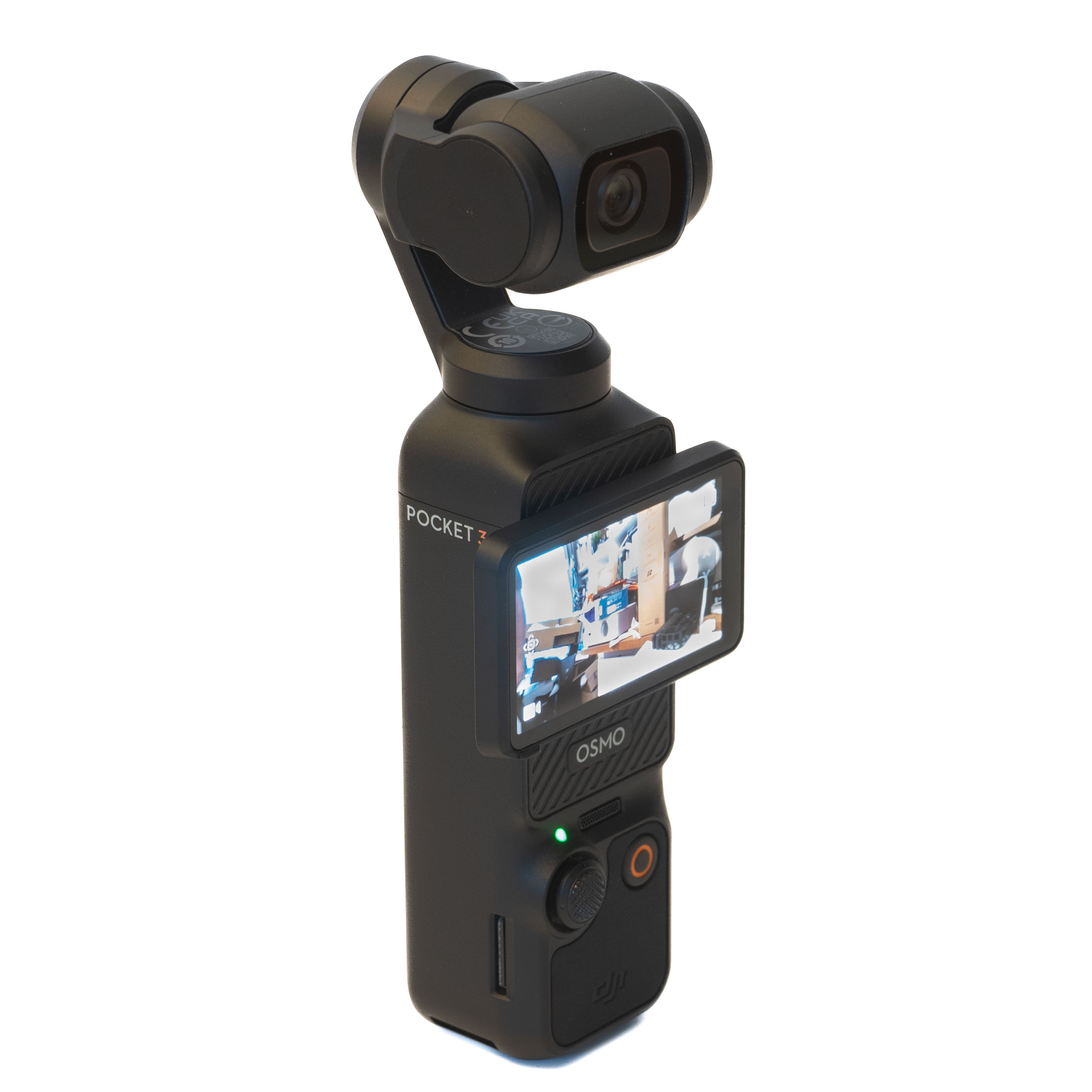
While in-body stabilization systems are always improving, nothing beats a gimbal for stability. The Osmo Pocket 3 is an integrated gimbal camera delivering unmatched smoothness.
The best cameras for vlogging
Why you can trust Digital Camera World
Best vlogging camera overall
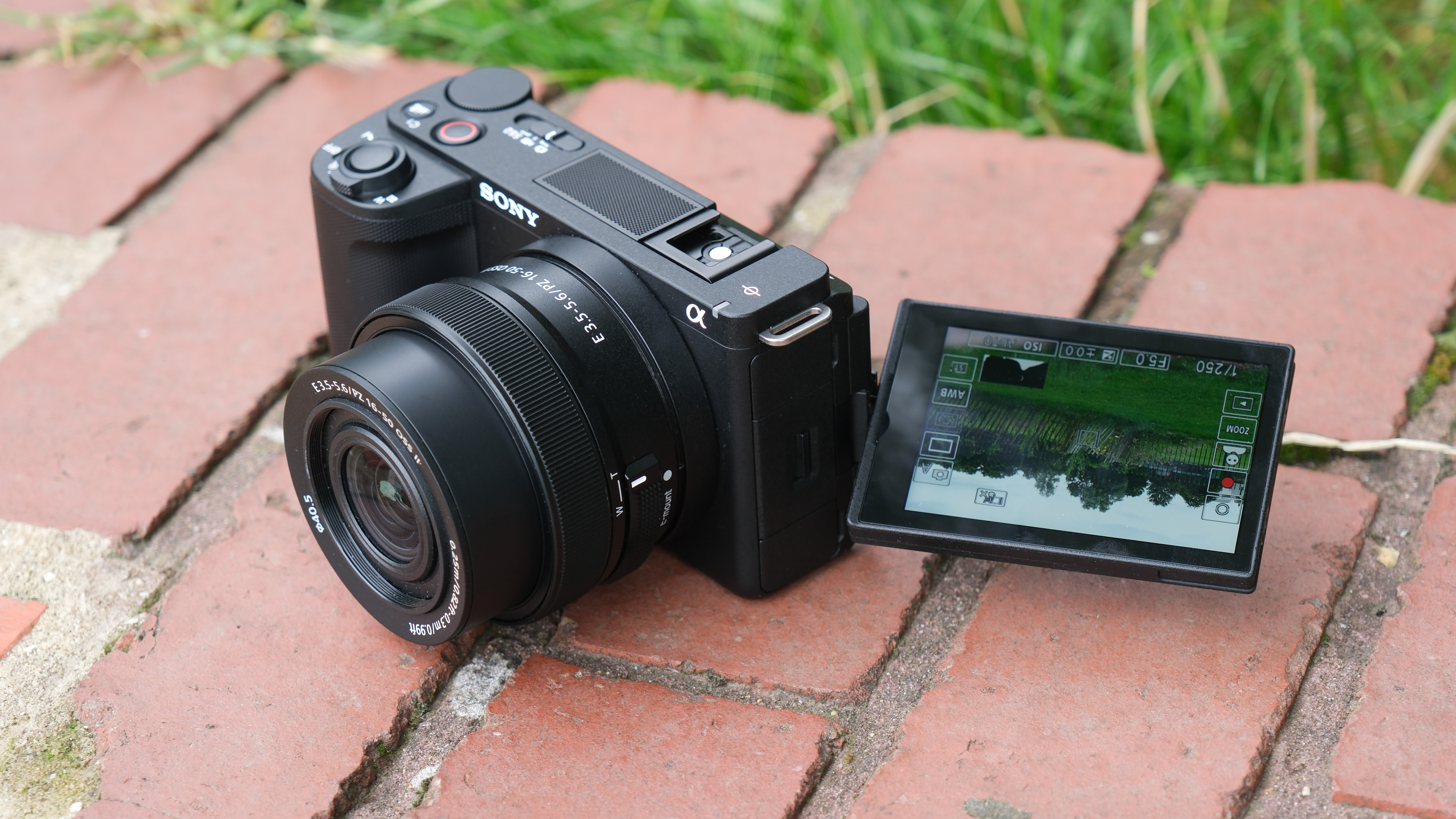
Specifications
Reasons to buy
Reasons to avoid
The Sony ZV-E10 II is an enhanced version of Sony's popular vlogging camera, designed with significant upgrades for video creators. It retains the same sensor and processor as the Sony a6700, allowing for high-quality images, though it is primarily tailored for video rather than photography. The camera excels in video capabilities, offering 4K30p without cropping and 4K60p with a minimal 1.1x crop, making it a versatile option for vloggers.
Key features include the "Cinematic Vlog" mode, which uses Sony’s S-Cinetone for impressive footage straight out of the camera, and the ability to record in S-Log with 10-bit color, providing flexibility for post-production editing. The product showcase focus feature is particularly beneficial for vloggers who frequently showcase products, offering seamless autofocus between the subject and the background.
While it does not include 4K120p, its omission is not critical given its price range. However, prolonged 4K recording can lead to overheating, making it more suitable for shorter video sessions. Overall, the ZV-E10 II is an excellent choice for vloggers looking for a feature-rich, compact camera at an affordable price.
Read more: Sony ZV-E10 II review
Best vlogging camera for travel
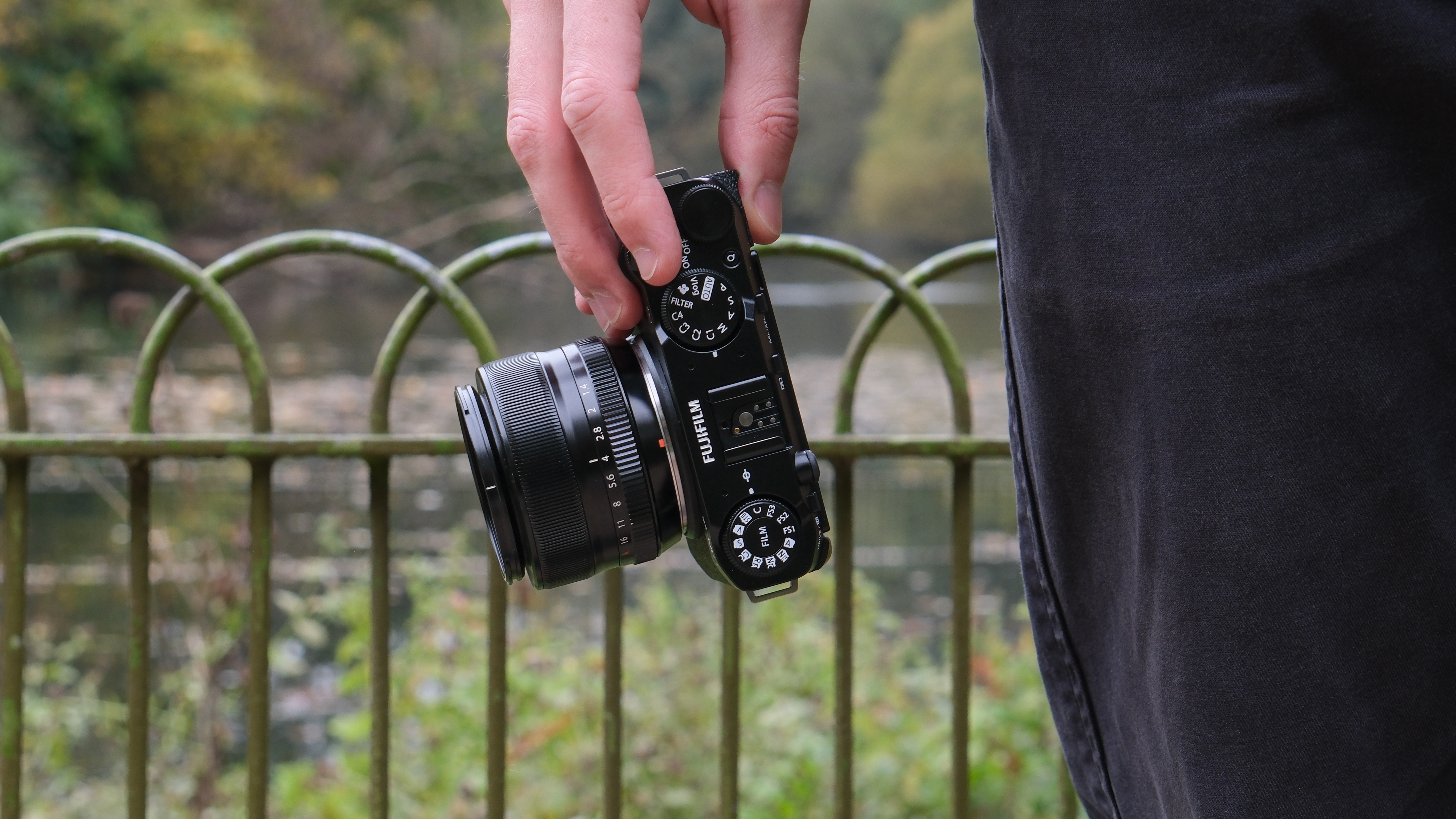
Specifications
Reasons to buy
Reasons to avoid
Don't be fooled by its small size and relatively low cost – the Fujifilm X-M5 is a vlogging powerhouse. Able to capture 6.2K 10-bit open-gate video (meaning it uses the full width of the sensor), it gives you a great degree of flexibility when it comes to cropping and editing your footage in post-production. Want to shoot a single video that can be easily re-edited for YouTube, TikTok, Instagram and wherever else? The X-M5 makes it easy.
Tiny enough to slip in a pocket, the X-M5 is intuitive and easy to use, with a dedicated vlog mode on the dial that puts key settings at your fingertips on the touchscreen. Fujifilm has also upgraded the built-in microphone setup in a bid to compete with the three-capsule mics on Sony's ZV cameras – it's a decent effort, though truth be told, any halfway serious vlogger is going to pick up an external mic anyway.
There's very little separating the X-M5 and ZV-E10 II in terms of what they offer vloggers, and either really could have taken the top spot. The ZV-E10 II has a broader lens selection, faster autofocus and better low-light performance – the X-M5 has 6.2K open-gate video, a more portable body and arguably more interesting lenses. Ultimately it really comes down to you and your shooting priorities, but I'd say the X-M5 definitely has the edge for travel vloggers.
Read more: Fujifilm X-M5 review
Best full frame vlogging camera
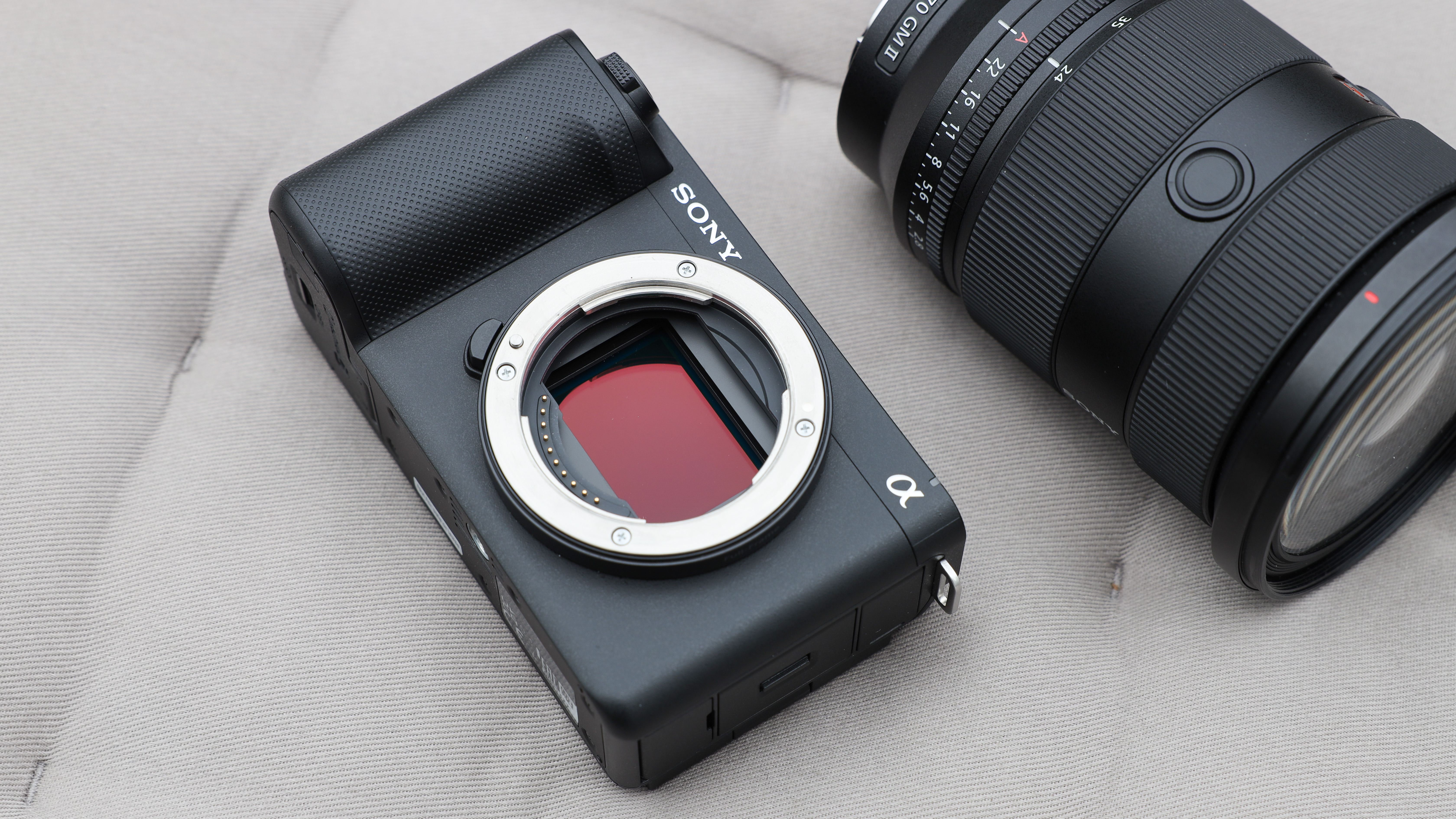
Specifications
Reasons to buy
Reasons to avoid
The Sony ZV-E1 is a compact camera that packs a punch with its large image-stabilized full-frame sensor. It is designed primarily for vlogging and offers excellent 4K video output. However, achieving steady handheld footage requires a significant crop. What sets this camera apart is its remarkable subject recognition and tracking features, which are currently among the best available. The still images it captures are also of high quality, although they top out at 12MP and thus have limited versatility.
While there are numerous video cameras on the market, including those from Sony’s own range, that offer similar capabilities, the ZV-E1 stands out for its power in such a compact frame. It’s a great choice for vloggers and content creators who want to capture high-quality video and still images in a portable package.
Read more: Sony ZV-E1 review
Best vlogging camera for social media
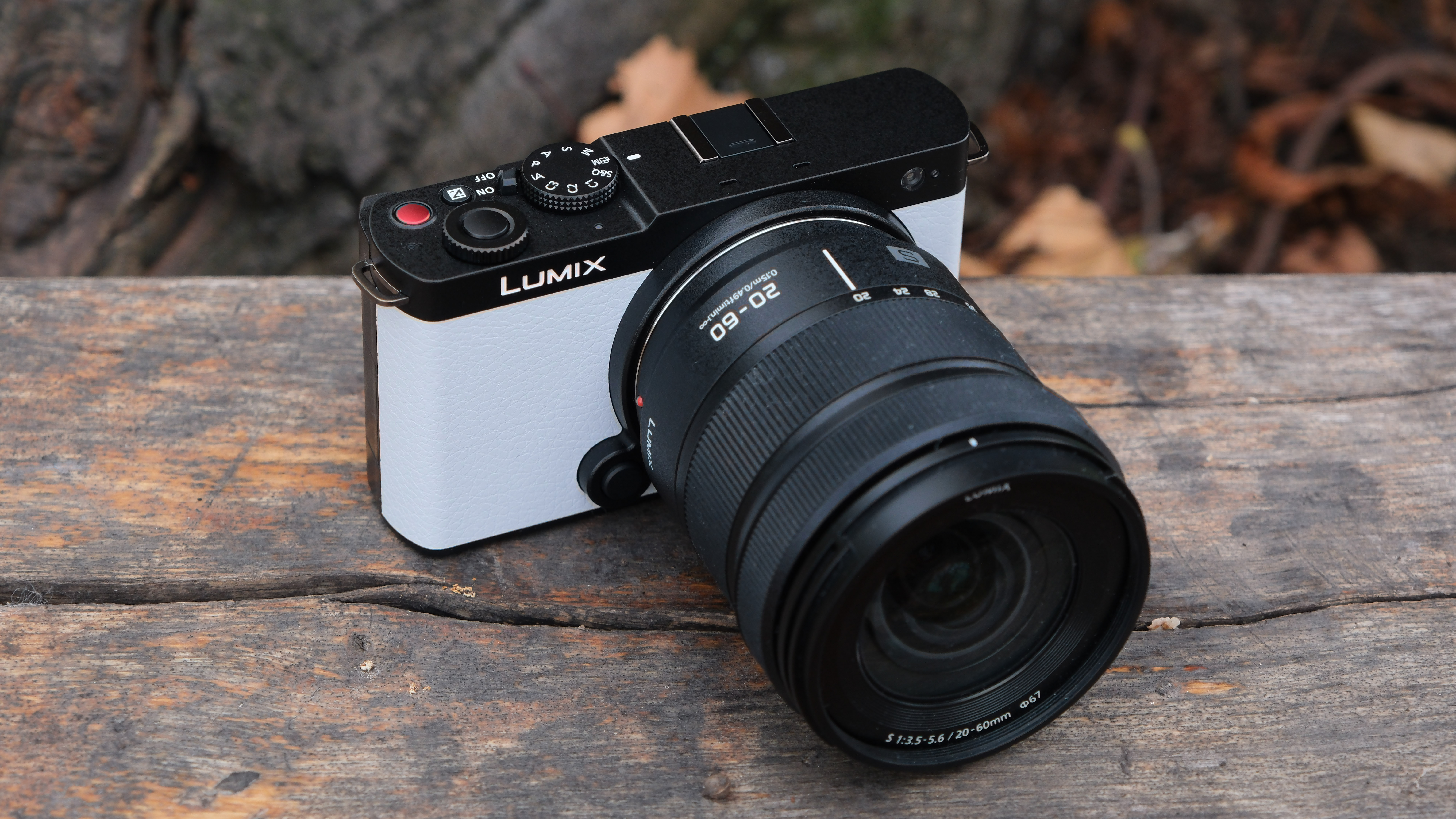
Specifications
Reasons to buy
Reasons to avoid
The Panasonic Lumix S9 is a camera that's bang on trend in more ways than one. For one, it's very small but highly capable, which is highly in vogue for cameras at the moment, and particularly vlogging cameras (we already met the tiny but mighty Fujifilm X-M5 earlier in this list). It's also very stylishly designed, available in a chic collection of colors. And finally, it brings a new trick to the party in the form of Real Time LUTs.
A LUT (short for Look Up Table) are essentially pre-loaded color profiles that give your footage a specific look. They are used in production and post-production alike, but the trick of the Lumix S9 is it allows you to pre-load a large selection of them and quickly access them at the press of a button. This means you can quickly change the look of your footage, depending on the situation, and get ready-to-share shots straight out of camera. For the fast-paced world of social media, this can be hugely advantageous. In practice it is not dissimilar to Fuji's famous Film Simulations, and indeed these were probably on Panasonic's mind when integrating the feature.
With its lightweight build and speedy workflow features, the Lumix S9 is a camera built for agility, and if you like the sound of spending more time behind the camera than at the computer, it could well be the right choice for you. It's not cheap, but you do get superb full-frame quality for the money, on a par with the more complex Lumix S5 IIX.
Read more: Panasonic Lumix S9 review
Best value vlogging camera
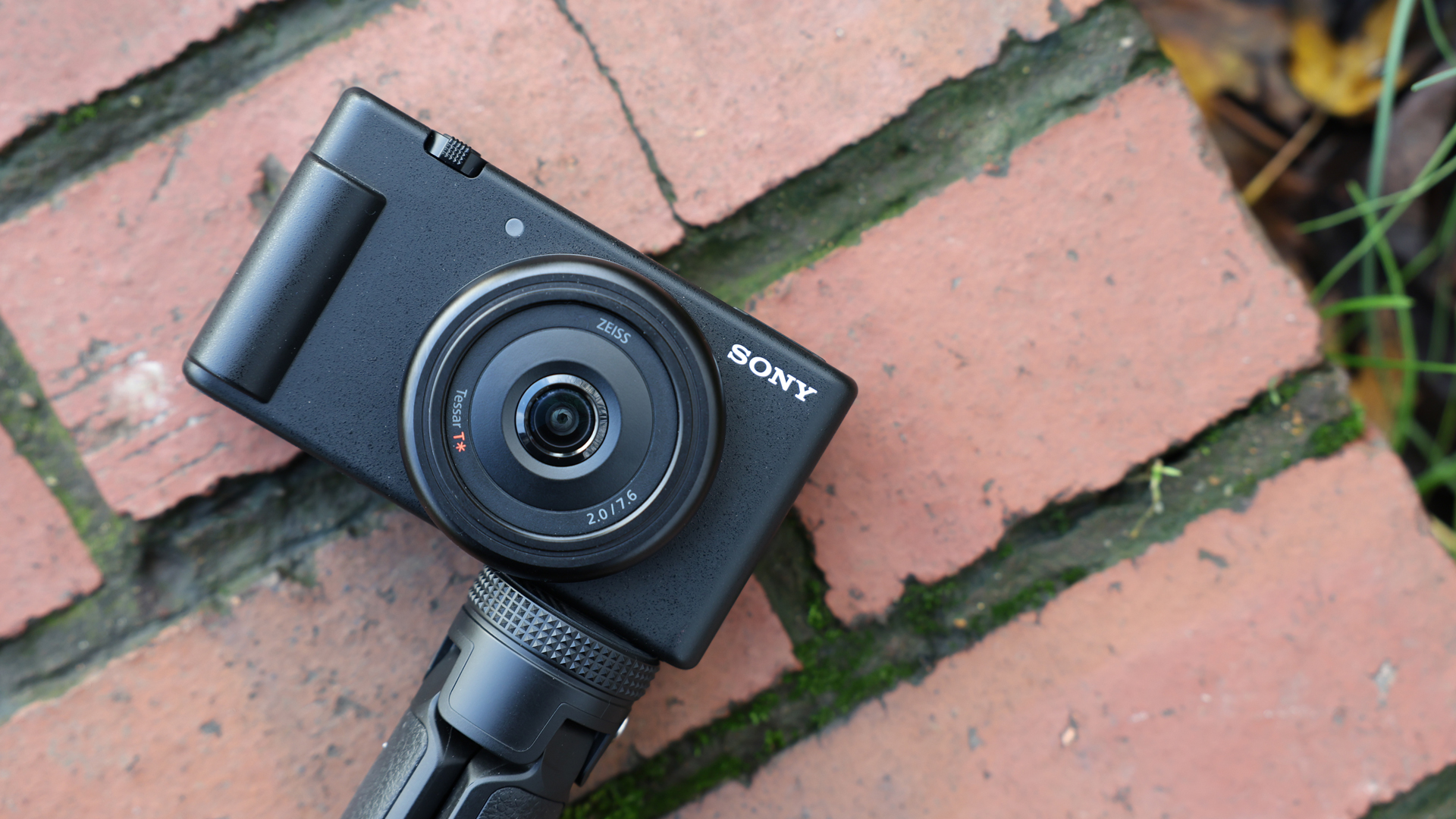
Specifications
Reasons to buy
Reasons to avoid
If you’re an amateur vlogger who wants a dedicated camera to record on, a run-and-gun camera that you can set up quickly and get shooting, and something you can toss in a bag or pass around among friends, then this is the camera for you. It’s a no-frills vlogging camera that will give you just what you need: a 4K video that is ready for social media, all contained in a tiny compact package, and at a hard-to-beat price.
Although it is difficult to look at the Sony ZV-1F in isolation without immediately comparing it to the latest camera phone. After using it for a week, it’s hard not to think that I already own a device that does a lot of what this camera does. However, there is still a lot to be said for having a dedicated camera, especially with an articulating screen, an edge on the quality of 4K footage, and its ease of use.
Read more: Sony ZV-1F review
Best camera for cinematic vlogs
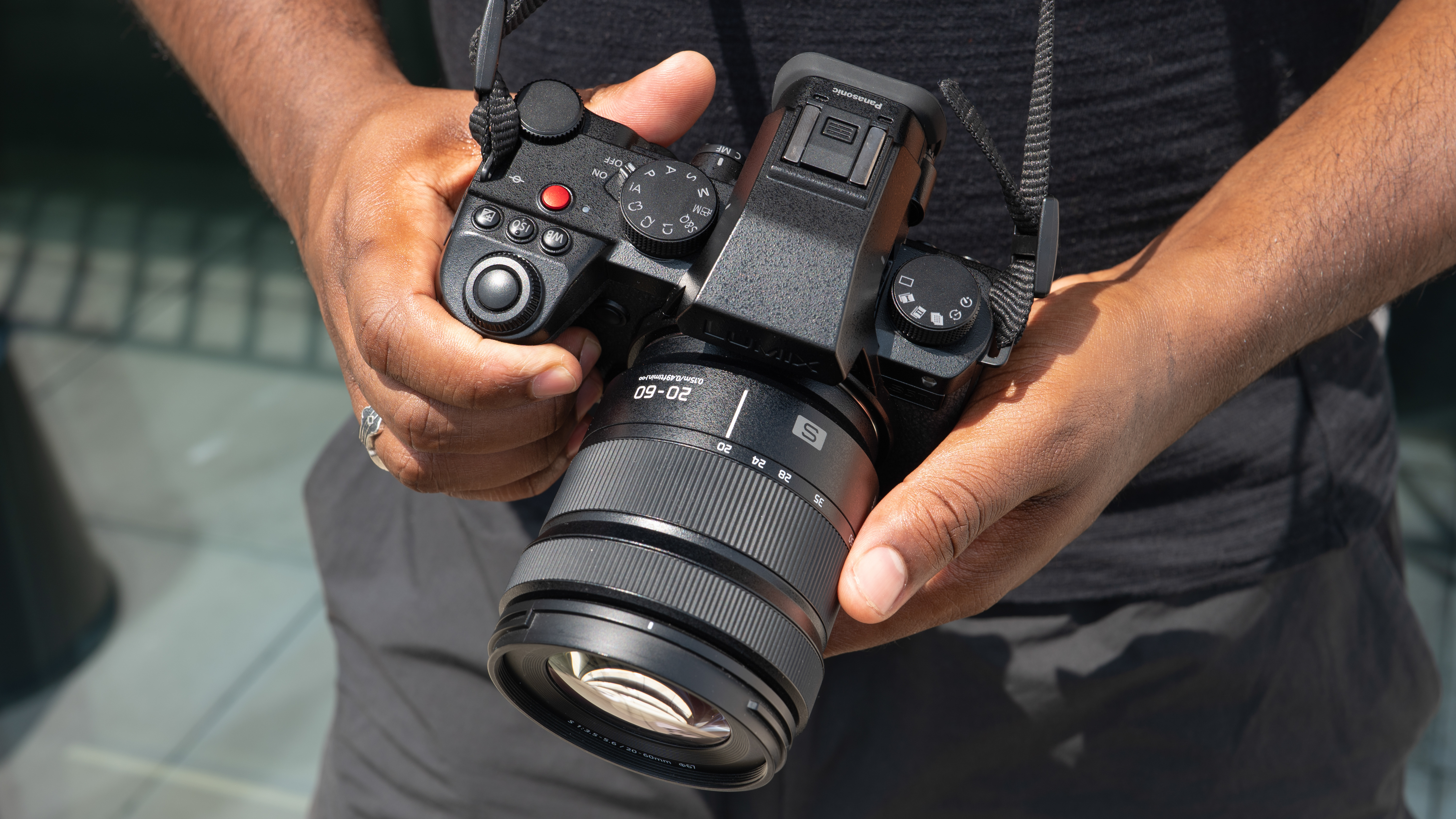
Specifications
Reasons to buy
Reasons to avoid
Most S-series and GH LUMIX cameras from the past five years might have overlooked them due to DFD autofocus, despite the brand’s well-known color science and user-friendly features. Those days are now behind us. The LUMIX S5 II stands out on an even playing field. It boasts a high-quality 24.2-megapixel sensor, coupled with an image processor co-developed with Leica. It can snap vibrant stills at up to 30fps in E-Shutter mode and provides unparalleled image stabilization. Its phase hybrid autofocusing system is on par with, or even surpasses, more expensive cameras. Plus, it comes with a full-sized HDMI port.
With unlimited 4K/60p 4:2:2 10-bit internal recording, S&Q 4K/60p and FHD/180p, and up to 6K full sensor readout video recording, Panasonic has crafted a highly adaptable camera for content creation. Beyond the specs, the S5 II is intuitive and feels like a natural extension of your hands once you get used to it. Every function is conveniently located on the body and within its menus. The cherry on top? You can now use EF-mount lenses with phase detection AF for both photos and videos on a LUMIX - thanks to the Sigma MC-21 adapter.
Read more: Panasonic Lumix S5 II review
Best action cam for vlogging

Specifications
Reasons to buy
Reasons to avoid
The Hero 13 Black is the ideal choice for any vlogger whose adventures are going to require something a little tougher than average. Waterproof, shockproof and freezeproof in all the ways we've come to expect from GoPro, it also boasts Bluetooth audio, log capture, HDR video, and a 1/4-inch tripod thread. Its 8:7-format sensor captures footage in a near-square format that's great for cropping into different aspect ratios for different platforms.
Of course, everything we've said so far is also true of the cheaper Hero 12 Black, and even to an extent the Hero 11 Black. What the Hero 13 Black brings to the table is a new modular lens system, offering a range of clip-on lenses that allow you to radically change your perspective, giving you many more shooting options than the traditional action-camera "fishbowl" look.
The downside with these is that they cost extra – indeed, it is quite possible to spend a significant amount of cash on kitting out your Hero 13 Black. While this is definitely the best action camera for vloggers, budget-conscious users who can live without the lenses may want to consider older models.
Read more: GoPo Hero 13 Black review
Best gimbal vlogging camera
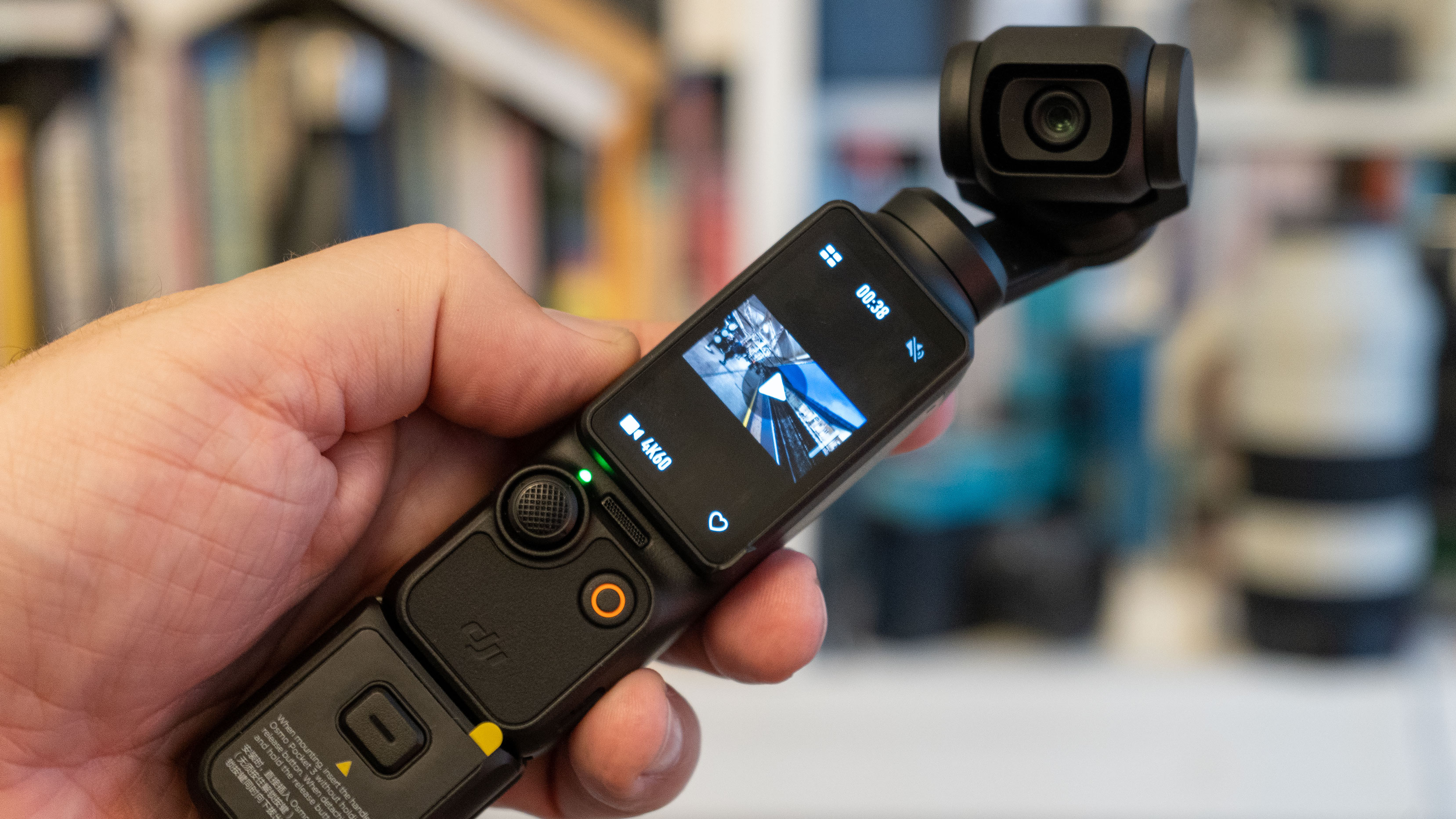
Specifications
Reasons to buy
Reasons to avoid
The Pocket 3 is a technical marvel that can handle any shooting situation. Whether you want to make 4K videos for YouTube or 3K clips for Instagram and TikTok, this device delivers. The larger screen and sensor are a big upgrade from the previous model. You will be amazed by how smooth and professional your videos look with the gimbal stabilization and smart tracking features.
But is it really pocket-friendly? Well, yes, but you have to be careful. You don’t want to put it in the same pocket as your phone, wallet, or keys. Use the case for extra protection. And make sure your pockets are deep enough to fit it. This is not a cheap gadget, and you might want to consider other options if you are on a budget. The older version is still decent in good light (and it has the Mic feature too). Or you could look for action cameras or phones with digital stabilization, and buy separate gimbals for them.
What makes this device stand out is that it can be both simple and complex at the same time – like a system camera. If you want to capture dynamic and moving videos, this is the device for you.
Read more: DJI Osmo Pocket 3 review
How to choose the best vlogging camera
Here are five key things to look out for when choosing your perfect vlogging camera.
1. External microphone port. When it comes to producing professional-looking videos you'll need good-quality audio. In-camera mics are ok but you'll want to use an external microphone if you plan on recording audio so make sure to invest in a camera with a mic input.
2. LCD screen that can flip round to the front. A fully articulated screen is essential if you want to record yourself talking to the camera. It takes away any guesswork involved and ensures the framing of the shot is just right. Most of the time you can get away with just having a tilting screen but vlogging is the one area of photography and videography where a front-facing screen is a must.
3. AF system with effective tracking. If you plan on recording yourself while moving away, you'll need a camera that has responsive AF tracking. Since you won't actually be able to change the focus point while filming, you'll want to use eye or face AF so that the focus is always on you. This is when cameras with phase-detect AF are particularly good as they are much more consistent with moving images, unlike contrast-detect which has a tendency to hunt and drift.
4. 4K video. You can probably get away with a camera that doesn't have 4K capabilities however, technology is advancing so quickly you may as well future-proof your purchase. Even if you shoot in 4K, you can upload in 1080p to save on time but at least you have that option. You can crop into 4K, reframe your video, and still output at 1080p so it's more flexible to get a camera that is 4K ready. For more information on post-production, check out our guides on the best video editing software.
5. Great stills quality. Chances are if you're a vlogger you'll have an Instagram account and want to be able to capture stills as well as videos. Nobody wants to carry around two cameras if you can get one that will do both jobs equally well. Of course, some of the best camera phones will be great for creating content, but they'll never be as good quality as an actual camera. Our guide on the best cameras for Instagram will be a good place to look if that is your chosen platform.
How we test vlogging cameras
The way we test cameras is by doing so in both real-world shooting scenarios and in carefully controlled lab conditions. For vlogging cameras, we test things such as how well the image stabilization works when we are shooting on the move, how fast and accurate the autofocus is, whether it can track human and animal eyes and faces, and how easy it is to color grade the video afterward when shooting in V-Log for example. Shooting in real-life environments we make short films and clips that put the camera's features through their paces and show what can be achieved.

FAQs
Should I buy a vlogging camera with a front facing screen?
If you shoot a lot of videos that feature yourself talking to camera, choosing a camera with a screen that faces will be massively helpful as it'll allow you to compose your shot and ensure your entire face is visible. It also allows you to move around and keep an eye on where you are - this is where face tracking also comes in helpful as it'll make sure your face and eyes are always in focus.
Do I need a vlogging camera or could I just use my phone?
This is entirely up to you, some of the best phones for video recording can shoot in 4K, come with in-body stabilization, and some you can even shoot cinematic anamorphic footage. However, the sensors are usually a lot smaller which means they won't operate as well in low-light situations which could be a limiting factor. It all comes down to what you want to shoot and where you want to post it.
What accessories will I need for vlogging?
To start off with you may not need any at all but as you get more advanced it might be a good idea to invest in one of the best video lights, a video tripod or mini tripod, a portable hard drive so you can store all your footage, a gimbal so you can record perfectly smooth clips and a microphone so you can record really clear audio.
Get the Digital Camera World Newsletter
The best camera deals, reviews, product advice, and unmissable photography news, direct to your inbox!

Gareth is a photographer based in London, working as a freelance photographer and videographer for the past several years, having the privilege to shoot for some household names. With work focusing on fashion, portrait and lifestyle content creation, he has developed a range of skills covering everything from editorial shoots to social media videos. Outside of work, he has a personal passion for travel and nature photography, with a devotion to sustainability and environmental causes.
